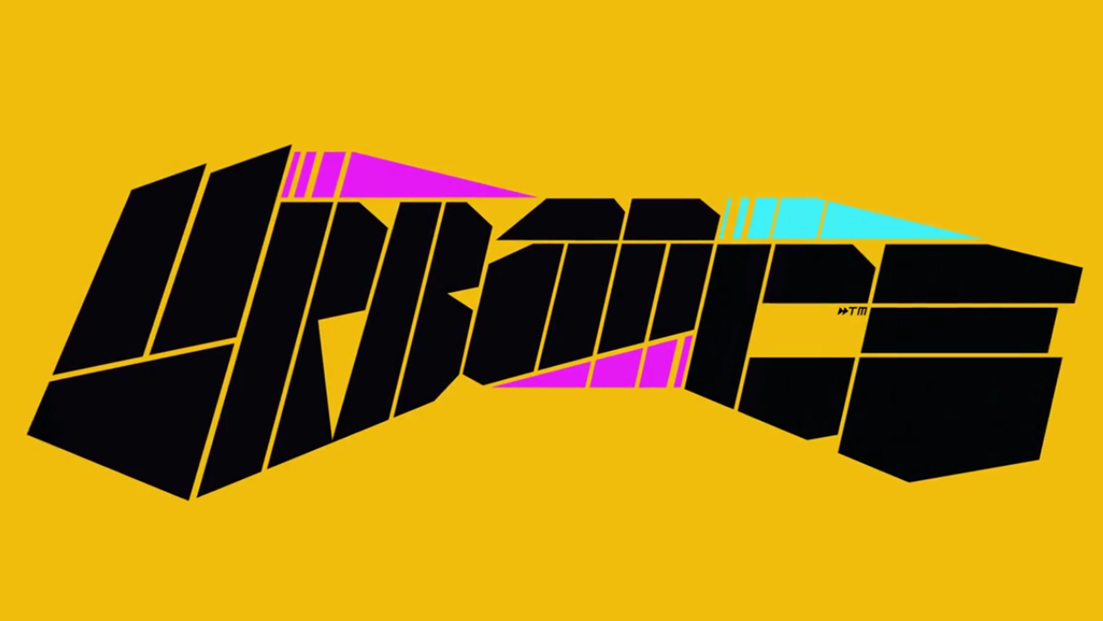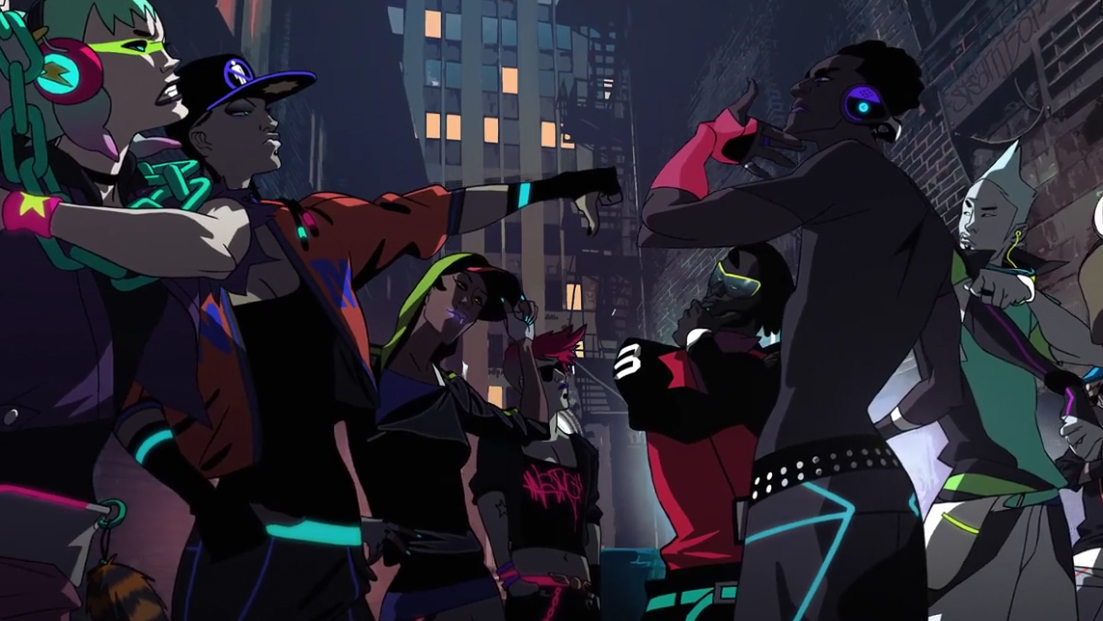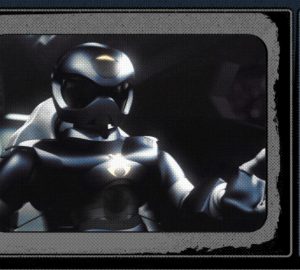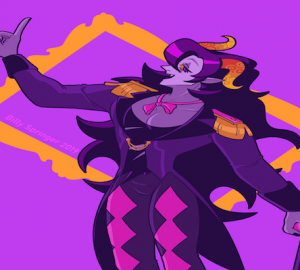Black to the future: First ‘Urbance’ episode underwhelms

After a few years of waiting, the pilot episode of the anticipated animated show “Urbance” is here for public consumption. The French-Canadian anime piqued the interest of some a few years ago with a visually stunning trailer in hopes of achieving their funding goal. The “Urbance” crew received more money than they were asking for and have now finally created that first episode.
The pilot episode starts off with an introduction to a bleak desolate future where sex and human contact are outlawed due to a deadly virus. Males and females are therefore separated, even though the virus evolves to kill through homosexual intercourse as well. We quickly learn that there’s an underground attempt to obtain human intimacy in the form of a nightclub. This is where we find our main character, Kenzell, voiced by Ryan George.
Kenzell refers to himself and his friends as “Aces” in one of the introductory scenes. In such a sex-centric plot, it’s easy to assume the “Urbance” crew was trying to introduce lesser-known orientations to the public through the use of “Aces,” a commonly used nickname for asexual individuals. Asexuality, having no sexual feelings or desires, isn’t often represented in mainstream media — it’s rare to have characters who identify as something other than gay or straight. Kenzell, however, seems to be instantly infatuated with a beautiful girl on the dance floor which seems to distance the show’s usage of “Aces” from asexuality.
Too often, shows and movies that take place in the future seem to have a cast devoid of people of color. It’s refreshing to have a futuristic setting in “Urbance” that’s technically inclusionary of multiple races. The hip-hop inspired environment lends itself to the idea that the majority of the characters are black. Due to an underfed community, a decent amount of hype and support came from the black community. However, the “Urbance” crew has since claimed that the characters aren’t specifically any race due to people mixing over the years. This can be interpreted as a sort of “racial color-blindness,” depending on which direction they take in future episodes. It’s uncertain how the characters identify from this one episode. Maybe they actually live in a post-racial society and just don’t care that they have different features and skin tones.

Speaking of color, the art style is simply mesmerizing. Neon-bright lights and radiant glowing colors brighten up each scene. The pulsating music in the club scene compliments the unique character design seen throughout the episode. Despite this, there’s something off with the voice acting. Something about it doesn’t mix well with the visuals presented. I’m no expert but it sounds like the actors are reading from a script consisting of shortened modern day slang. The cliffhanger at the end of the episode made the story feel shortened as well, like it only introduced things and never went anywhere after that.
Right now, it’s hard to see if the series will ever live up to its hype. Backers and followers have been waiting for “Urbance” content since 2014, which explains its current trending status. Despite the public reveal of the pilot, it hasn’t really made much of a visible impact yet — not many art pieces, cosplays, theories, or even plot-driven discussions have been circulating online. Hopefully “Urbance” will gain more traction and respond to its critiques sometime within the near post-apocalyptic future.



























